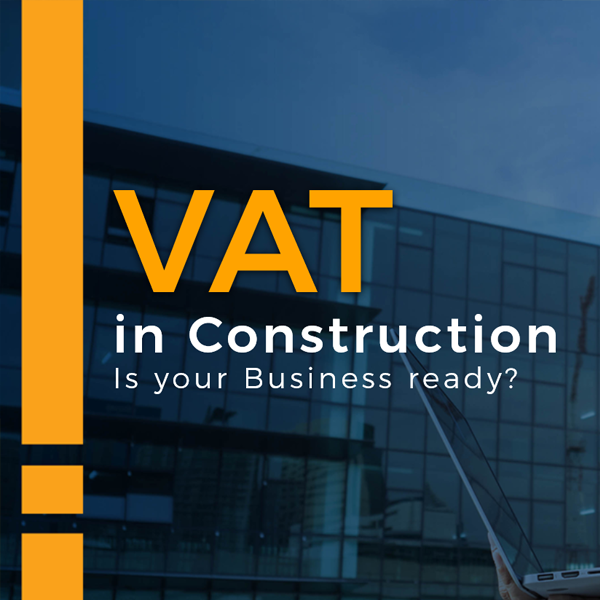Essential features of successful Construction Management Software

The construction industry is highly competitive, operating with low margins and tight deadlines requiring accurate information in real-time to make informed decisions.
Typically, construction companies have various departments working with different software solutions. This leads to the creation of departmental silos reducing management’s ability to see the whole picture on a project. Companies wishing to stay competitive should seek out a software solution that dynamically bridges the gap between departments to create one source of truth to all parties.
While selecting the right software for your organisation can be a challenge, here are some questions to ask before you begin.
Who should you partner with?
-
A proven track record.
Look for a provider that develops proprietary software that caters to the needs of construction companies. A software provider with a long and proven history bring with them years of system functionality.
-
Technical support
Experience in supplying software exclusively to the Construction Industry is important to provide expert support and is key to any software implementation, training, and consulting.
-
Implementation times
Onboarding new software can be a challenge. Partnering with a provider with experience in providing software exclusively for the construction industry is crucial to minimising implementation time while providing software specifically designed for purpose, eliminating the need for custom development.
Which software features should you choose?
-
First Principles Estimating
Every project starts with an estimate, also known as a pre-plan or budget. The estimate is the base of any new project and is used to track financial performance through to completion.
Having a clear understanding of a project’s direct and indirect costs is also an important requirement. To achieve this, a detailed estimate—down to a simple resource level—is required, with every billed item on the Bill of Quantities (BOQ) should be tallied to the exact amount of materials, waste, plant, and labour required including supervision. To achieve this with the minimum margin of error, It is essential to use software featuring First Principles Estimating.
-
Critical Path Planning
The project plan is an essential aspect to deliver a project successfully. An effective construction management platform should have a planning system embedded with precedence network logic linking built-in. Logic linking is the basis of identifying the critical path. The system should also be able to dynamically link the program with the bill to generate forecast budgets and cashflows.
-
Forecasting
A Project Forecast budget is used to determine resources required, their quantities, and when they’ll be needed. A system that links the BOQ to the Program will produce valuable resource histograms to assist with resource planning and cashflow requirements.
-
Early Warning Resource Procurement
Cost overruns start at the procurement phase of a project. Having construction management software that monitors the estimate resource budget will improve resource procurement control at a quantity, rate, and waste level. Any resource cost overruns can then be identified and managed early in the project lifecycle, allowing the project team to mitigate losses.
-
Accrued Cost Management
Capturing accrued costs directly linked to accounts is a key requirement in generating an accurate cost report. This mitigates the need for site costs to be captured on a separate system, preventing over-delivery, and drastically improving the accuracy of costs on a project.
-
Double-tier Cost Coding Structure
Fixed costs such as material are relatively easy to control. However, productive costs such as labour, plant and subcontractors are more difficult to manage. Construction management software with the ability to capture costs at a level of the two “Ws”—namely ‘With’ and ‘What’—will have a major impact in identifying cost overruns down to an activity level.
-
Earned Value Management (EVM)
This feature enables the user to run To-Date, To-Completion and At-Completion earned value analysis enabling them to identify the project Cost Performance Index (CPI) and Schedule Performance Index (SPI). From here, they can control the cost and time performance of a project. EVM is also used to predict the final project cost and duration.
-
Software Technology
While cloud-based software is becoming a standard feature, it can prove impractical for remote construction sites with unstable internet connectivity. Choosing a solution with both offline and online functionality is key to successful system implementation in the built environment.
How much should you be paying?
-
Price
One of the key principles of construction is to use the right tool for the job. The same is true when choosing a software solution. High cost doesn’t necessarily mean quality so only choose software with features that cater to your specific needs.
-
Scalability
Investing in a software solution that shifts with you as your company changes will serve you in good stead. The construction industry typically experiences 7-year lean and mean cycles. Investing in scalable licence options allows you to save during the lean years.
-
Specialisation over Customisation
Having a customisable solution can seem attractive, allowing you to alter your system as needed. However, the opposite is true in construction. By selecting a purpose-built software solution, you receive exactly what your business requires while avoiding the costs incurred for additional software development later.
Despite the multitude of factors dictating your choice of construction management software, one factor should be your top priority. The accurate flow of information throughout a project lifecycle is the mortar that guarantees cohesion in an organisation—its quality dictated by how data is monitored and controlled. Conversely, by implementing a tailored construction software solution, you eliminate departmental silos ensuring all parties are working from the same page with up-to-the-minute information.
Writer: Evelio de Abreu
Most Recent
Ready To Take Your Business To The Next Level?
Let's talkDownload our free Ebook
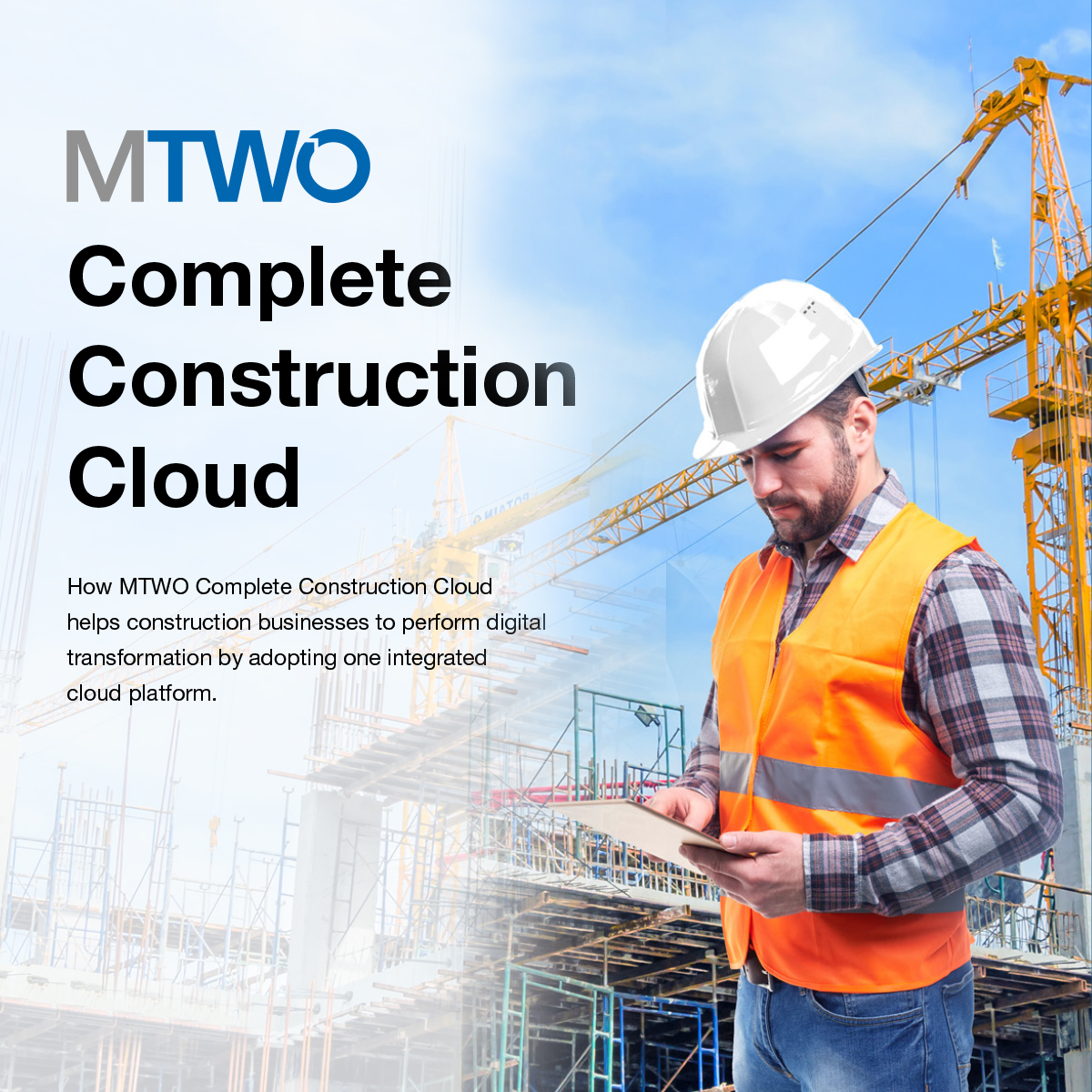
- The new normal of construction is digital
- MTWO Complete Construction Cloud
- One unified platform for project and enterprise digital management
- How to implement the Complete Construction Cloud
Download our free Ebook
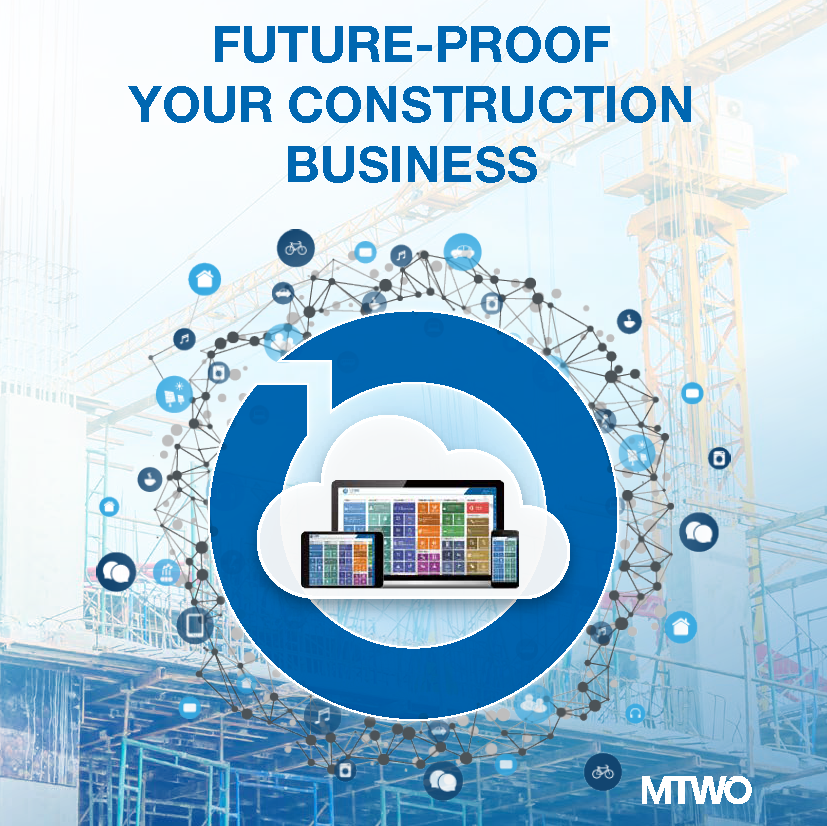
- Putting connectivity and scalability in the center of a long-term digital strategy.
- Adding sustainability to the digital agenda.
- Adopting integrated platform instead of disconnected point solutions.
Download our free Ebook
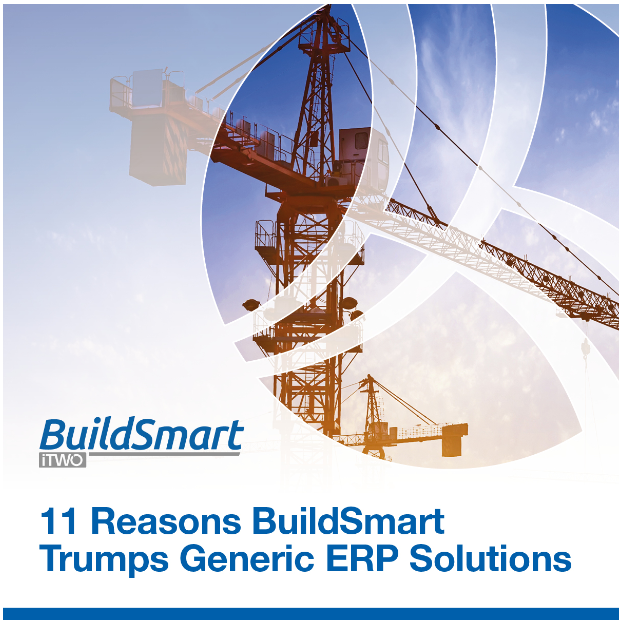
- The Inherent Flaws of Generic ERP
- Build Better with BuildSmart
- BuildSmart Highlights
- The Way Forward
Download our free Ebook
.jpg) Your business will benefit from:
Your business will benefit from:
- Huge time savings in BOQ pricing
- Better Project Planning
- Increase your ROI on all projects
- Detailed bid analysis
- Powerful reporting capabilities
Download our free Ebook
.png)
- What are these 5 pillars?
- Why are they essential to your change management plan?
Download our free Ebook

- Our tips for positioning to win construction contracts against the backdrop of a hungry and competitive construction industry.
Download our free Ebook

- How Technology addresses the challenges of the Construction Industry
- ‘One source of truth’ as a principle at use in the industry today that provides a totally integrated view of costs, offering a direct impact on outcomes.
- Man, Machine and Money – meaningful links in your construction company
Download our free Ebook

- Learn how to retrieve data that drives control
- Control budgets across projects
- Increase your ROI on all projects
DOWNLOAD OUR FREE TRAVEL PACKING LIST
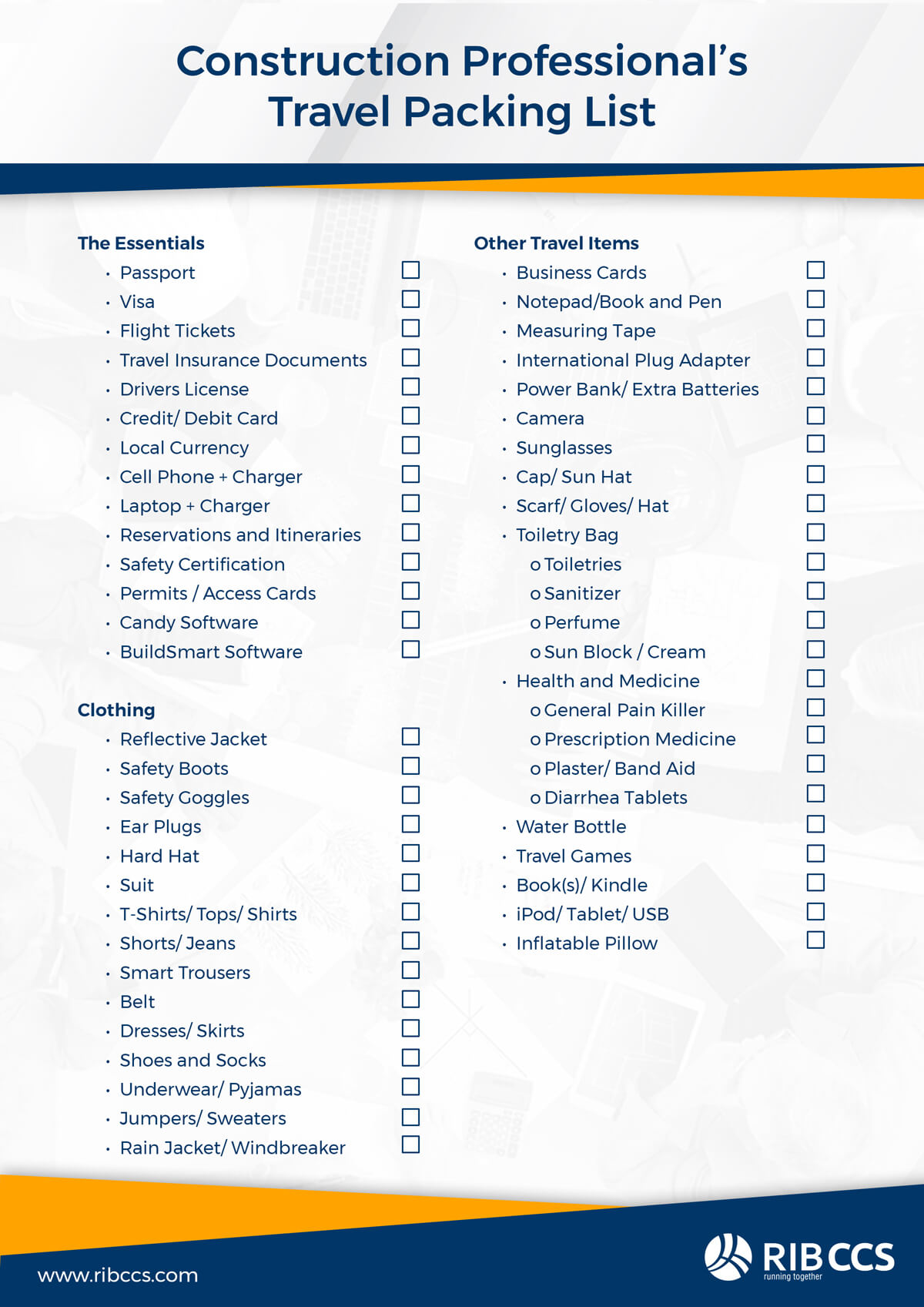 Don’t know what to pack for your
Don’t know what to pack for your next business trip?
We’ve got you covered!
Get It Now




